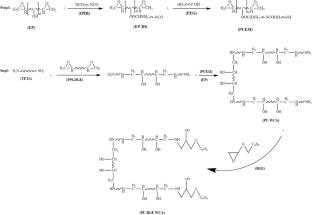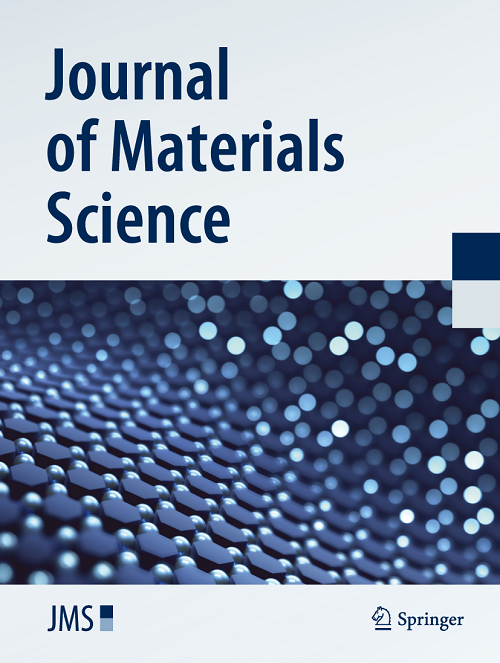Toughening and corrosion resistance enhancement of waterborne epoxy films via polyurethane-based reactive epoxy emulsifier and capping agents
Abstract
The high brittleness and poor barrier properties of waterborne epoxy anti-corrosion films have limited their widespread application. In this study, a flexible epoxy curing agent capable of room-temperature curing was prepared, and the effects of polyurethane (PU) content and capping agents on the toughness and corrosion resistance of films were systematically investigated. The optimized film exhibited an elongation at break of 8.12% and a tensile strength of 47.14 MPa. The incorporation of 15% polyurethane-based reactive epoxy emulsifier (PUEM) notably enhanced the toughness of the film, while the addition of 30% butyl glycidyl ether (BGE) increased the cross-linking density, further improving both mechanical properties and corrosion resistance. Scanning electron microscopy (SEM) revealed the formation of shear bands on the fracture surface upon PU incorporation. Transmission electron microscopy (TEM) demonstrated PU was uniformly distributed within the EP matrix as nanosized microspheres. Moreover, the formation of an interpenetrating polymer network (IPN) structure within the cured epoxy matrix effectively hinders the penetration of corrosive media through micropores and microcracks, thereby offering improved corrosion protection.


 求助内容:
求助内容: 应助结果提醒方式:
应助结果提醒方式:


